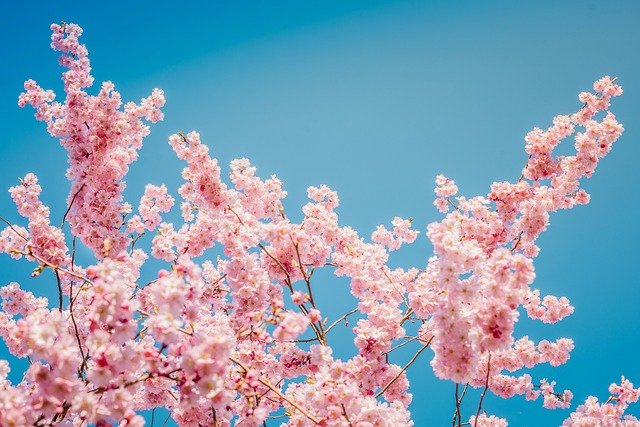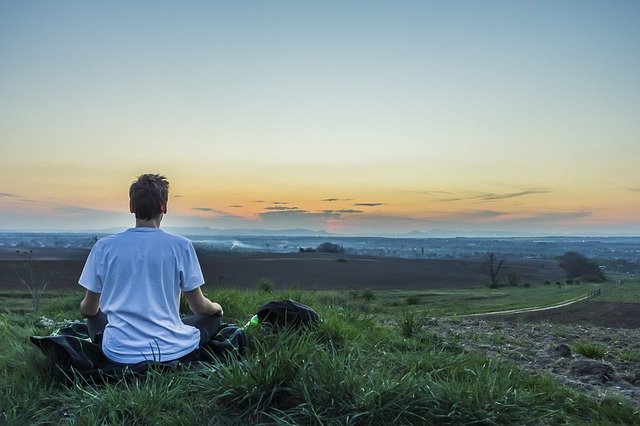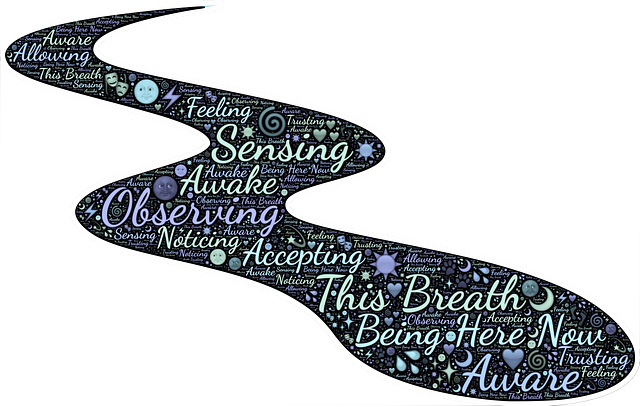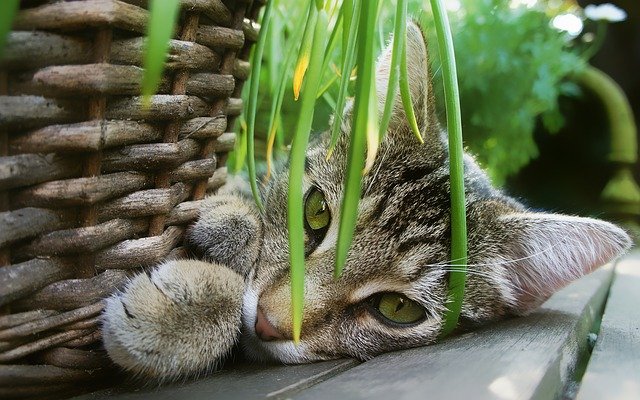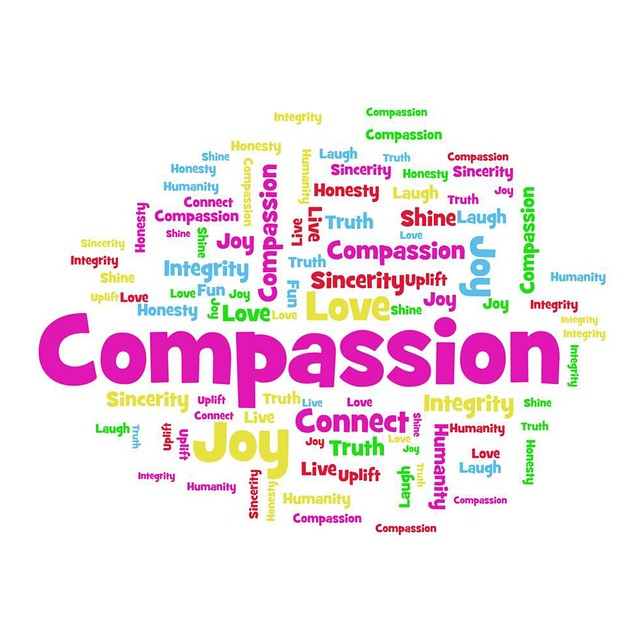Christiane Wolf , MD, PhD, provided an encouraging meditation podcast on the topic of employing mindfulness to manage chronic pain and the mind’s activity that exacerbates our feelings of pain. In her guided meditation, The Past and the Future Pain Story: Working with Pain in the Present Moment, shespoke of the role that rehashing the past and/or rehearsing the future plays in our experience of pain and offered ways to reduce the mind’s influence over our pain experience. Christiane is the author of Outsmart Your Pain – Mindfulness and Self-Compassion to Help You Leave Chronic Pain Behind, and is a meditation teacher who offers audio meditations and mindfulness videos on her website.
Guided meditation on mindfulness for managing chronic pain
Christiane begins her guided meditation with ensuring your posture is comfortable and well-grounded (whether in a chair, couch or on the ground). To help with grounding, she suggests that you focus on the solid sensation of your feet on whatever surface you are on. Closing your eyes for the sake of strengthening your focus on your meditation is offered as an optional extra. Christiane recommends some bodily movement, such as turning your neck or rolling your shoulders, as a way to improve your comfort level when undertaking the meditation.
The next phase of the guided meditation entails focusing on your breath. Here, Christiane encourages you to really feel your breath by both deepening and lengthening your breathing. An alternative to using the breath as an anchor is to focus on sounds around you or the sensation in your feet or your hands. She maintains that a meditation anchor is based in the body and its senses to enable a focus other than being “lost in thought”. It’s a place to return to whenever thinking distracts you from the primary focus of your meditation.
How the brain exacerbates our feelings of pain
Christiane points out that our brain has a major role in how we experience pain whether the pain derives from chronic physical pain or enduring uncomfortable feelings, emotions, or thoughts. To build your awareness of the mind’s influence she suggests that firstly you explore the “past pain story” – what you are telling yourself about the origins of the pain (e.g., “outside my control”), how it was experienced in the past, or mistakes/poor decisions that led to your pain. She argues that the mind through recalling the past pain is trying to protect you from its recurrence or to prevent the same mistakes/poor decisions that may have occurred in your past. Sometimes the recollection of the previous intensity of the pain serves to strengthen your resolve to avoid the pain and/or the factors that contributed to it.
Once you have explored the past pain story, Christiane encourages you to explore the “future pain story” – what is it that you are anticipating will happen in the future as a result of your pain? (typically, we envisage the worst); how does your future story make you feel? (e.g., anxious, uncertain, fearful, resentful, or sad).
Christiane argues that the past and future pain stories are like baggage that you carry around that increases the load of your pain and exacerbates your feelings of pain. She uses imagery to help you reduce your pain – she suggests you view the past and future pain stories as a heavy suitcase, weighing you down. Her recommendation is that you view yourself putting the suitcase (of stories) down on the ground so you are relieved of its added weight and can gain clarity about the nature of your pain and role of your brain in rehashing past pain or anticipating future pain. It is important to reflect, at this stage, on what is left of your pain after the stories are removed or have been put away.
Widening the focus
Christiane recommends “widening the lens of your focus” at the end of the guided meditation. This entails initially focusing on people you know who are experiencing suffering or pain and wishing them strength and healing. She encourages you to then expand your focus to include people anywhere in the world who are experiencing pain or grief as a result of the COVID19 pandemic, a natural disaster, or the collapse of a building as in Miami recently. Her desire is that you extend loving kindness to these people.
Reflection
Christiane’s approach enables us to “unpack” the thoughts and feelings that accompany chronic pain – she puts the spotlight on the role of the brain in creating past and future pain stories to enable us to lighten the load. In the guided meditation, she suggests ways to lighten the load using mindfulness. In her book she provides additional exercises, meditations, and reflections to enable us to effectively manage chronic pain and suffering.
She encourages us to explore our pain with openness and curiosity to better understand and manage it. She suggests that we should not begin her mindfulness approach with a really difficult pain but ease into it gradually starting with some form of suffering that is not so complex or challenging.
When I followed the guided meditation, I decided to focus on the challenge I have with dermatitis and associated food intolerances. I had suffered dermatitis over the whole of my body in 2017. In recalling this event during the meditation, I realised that my “past pain story” focused on the extreme discomfort of the condition and the disappointment of having to limit severely what I ate and drank during a visit to Northern Italy – no wine, coffees, pasta, desserts, etc. However, my current experience of dermatitis is very limited compared to then but I do have a “future pain story” that anticipates what would happen if the inflammation blew out again. I found the guided meditation lightened the load of the past feelings of disappointment and the anticipatory feelings of anxiety and fear.
As we grow in mindfulness through meditation and reflection, we can understand our pain better and learn ways to manage our chronic condition. We can also develop the strength to deal with the difficult emotions associated with chronic pain and suffering, including resentment.
_________________________________________
Image by JUNO KWON from Pixabay
By Ron Passfield – Copyright (Creative Commons license, Attribution–Non Commercial–No Derivatives)
Disclosure: If you purchase a product through this site, I may earn a commission which will help to pay for the site, the associated Meetup group, and the resources to support the blog.

